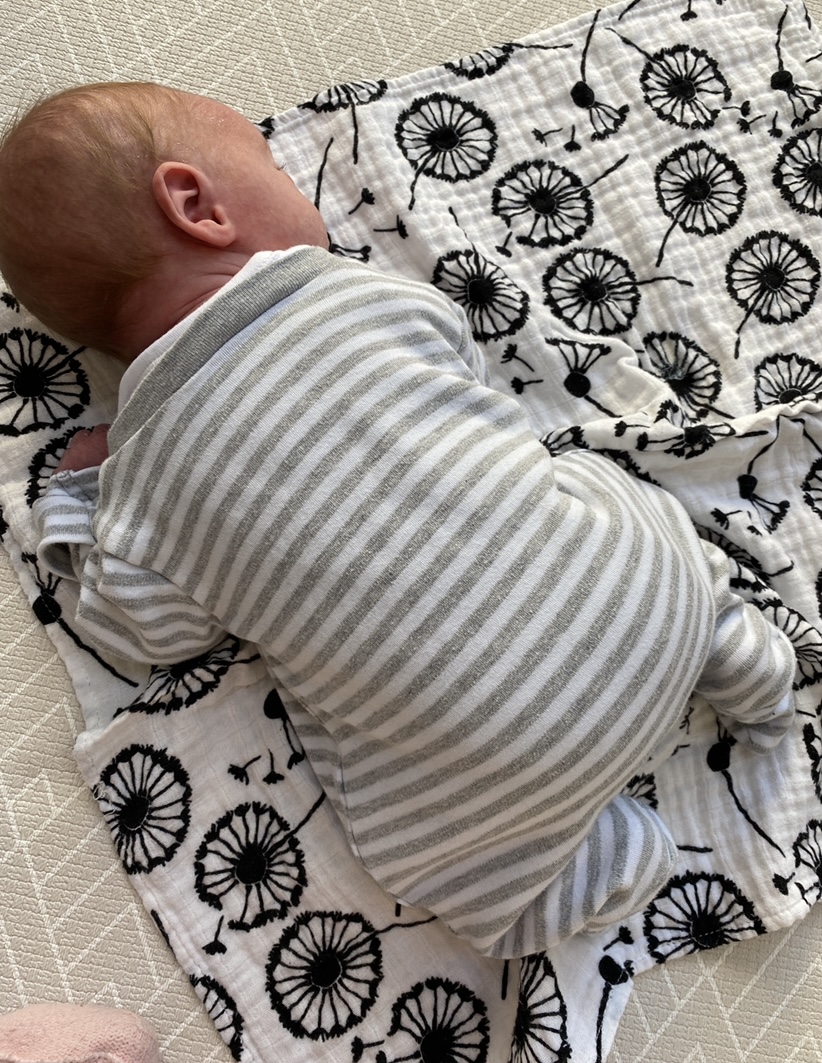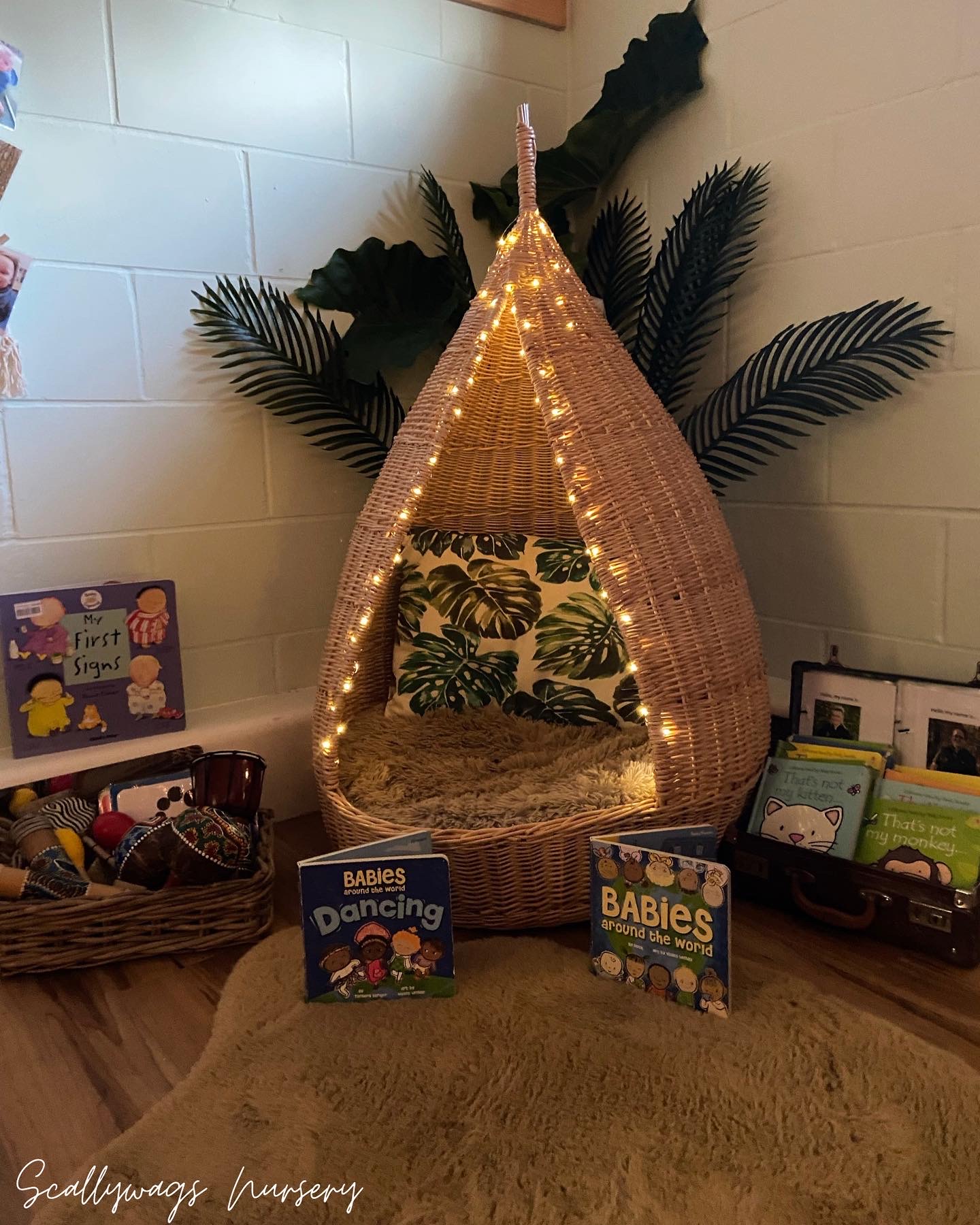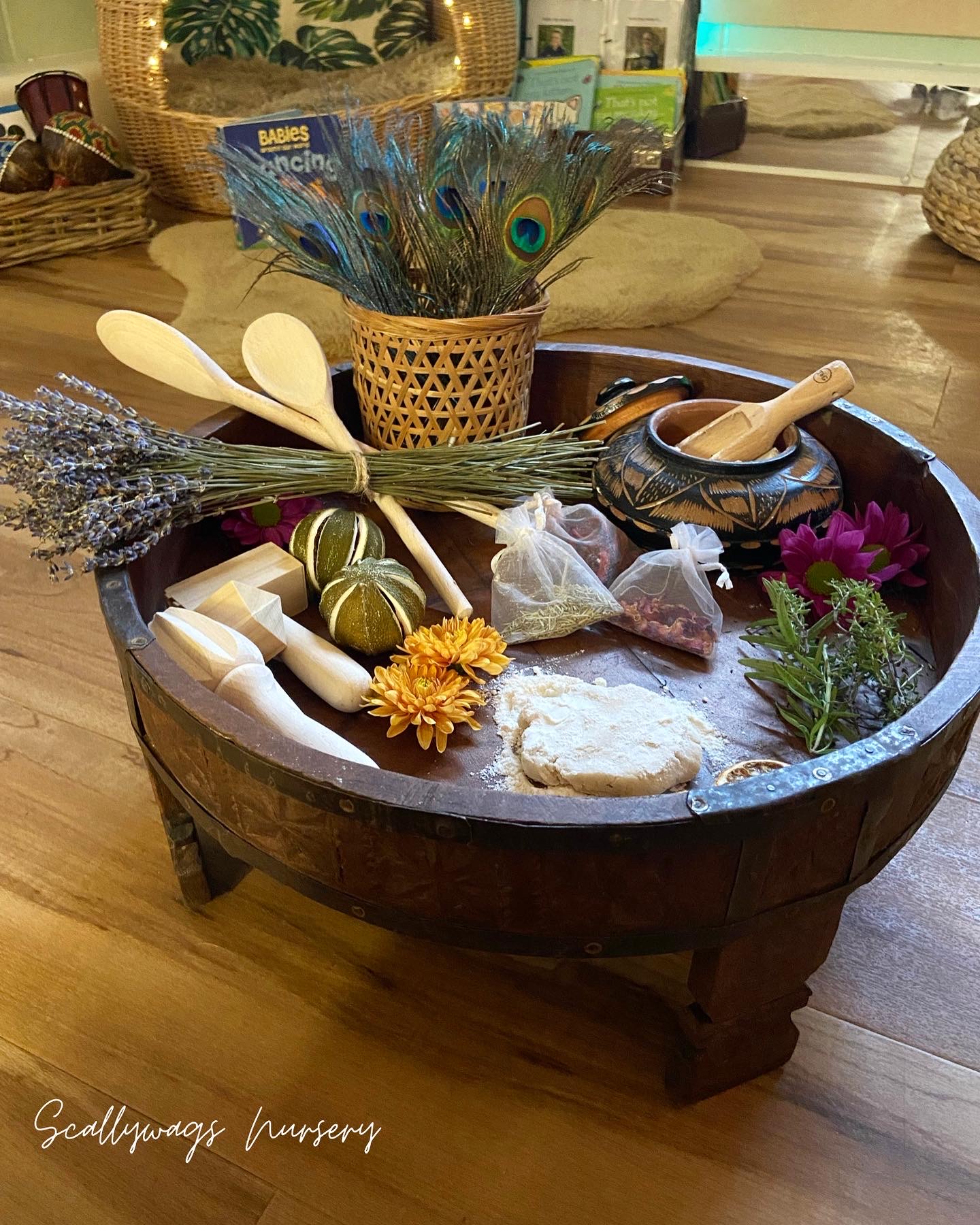Blog
“Strive to make everyday the best day of your life, because there is no good reason not to.” Hal Elrod
5 reasons why mirror play is important for babies

Seeing their own reflection in a mirror is magical and wonderous for babies. Do they recognise themselves? The awe and wonder of what else is reflected in the mirror, perhaps a parent, a favourite toy and their surroundings. Taking mirrors outdoors adds another dimension such as the trees, flora and fauna, the sky and clouds are also all reflected magically in the mirror. Babies will gaze for a long time into a mirror tray for example - trying to touch what they can see.
5 reasons why mirror play is important for babies:
1. Helping to develop visual senses
2. Encouraging gross motor movement - inspiring babies to reach and touch
Add some nature to a mirror tray, or droplets of water. This encourages sensory exploration, inviting them to reach out and touch the mirror and the items. Why not put on some music and have a little dance with your baby in front of the mirror. This is a fun way to encourage movement and coordination.
3. Developing a sense of self
Babies will start...
Maps - Creating a sense of wanderlust in young children

I love maps and have got quite a collection now at home! As a child my grandparents would also have their maps and travel guides out and I used to be fascinated in looking at them. I would love going on long car journeys and following our route on the AA road map (before the time of Sat navs) and they would always give me such a sense of excitement. These days I love using maps for planning road trips around new places or finding a new Wainwright to walk in the Lake District.
Maps are a great way of creating that sense of Wanderlust in young children and there are many ways we can support this in our homes and learning environment. Perhaps having a world map on the wall with places pinned off that have been visited by someone we know, when visiting a local park with children encourage them to use a map to discover where they would like to go, a collection of maps in a basket in a book corner along with some travel guides and postcards, a globe to explore and lastly going on an adven...
Hygge Baby Play 0-12 Months
When I was a new parent I had many lovely members ask about the resources and play ideas I have found most useful in my journey with my baby. In this blog post I share the start of my journey and some of the recommendations I have. None of the products shared are advertisements and I'm not linked to any of the brands in any way.
Tummy time roll
Mirrors
Black and white burp cloths
Hygge Settings - Open-ended Baby Room Provision

An early years environment for this age range is very different from what is offered for 3 and 4 year olds.
We need to question ourselves... What do we want our open-ended learning environment to look like for our under 2's?
Do our children need the latest messy play activity to compete with social media?
OR
Do we need to provide a calm, enabling, cosy, and homely provision for our littlest of people, filled with warm and welcoming practitioners, who have the time to meet their needs and be there for them and their families.
Within our baby room provision, we demonstrate the introduction of recycled materials, authentic resources and how we step away from purchasing items from ‘catalogues’ and one-purpose Early Years age and stage equipment.
We have set up cosy spaces with books, puppets, soft furnishings and fairy lights, for the children to explore within a safe and secure, calm environment.
We also allow children to use large scale items and smaller loose parts, ...
Hygge Case Study: Starting with a very colourful environment

Little Bird’s Preschool is a charity run preschool which sits in the heart of the beautiful town of Swanage Dorset. It has always been a popular preschool over its history and has certainly moved with the times. As with many Preschools the Little bird’s environment was very colourful and busy with bright pictures, posters and backing paper covering every possible wall and space. Nearly all the toys and resources were plastic which limited the children’s imaginations.
Step forward to January 2018. The Preschool was taken over by Jodie Edmunds, and Jude French became her deputy. Together they had a vision to transform Little Birds into a more natural and simulating environment. The other preschool practitioners jumped aboard, and the process began. Being a charity run preschool it meant that we had to do a lot of fundraising to enable us to buy resources and start the transformation. Our preschool office was situated within the school’s staff room which made it very hard for us to have ...
Natural Treasures
Autumn is the most perfect time of the year to collect natural treasures in the great outdoors.

Some of my favourites that I mention in the Wanderlust Child Nature Journal are;
- Crab apples
- Elderberries
- Rosehips
- Pears
- Acorns
- Ferns
- Pine cones
- Conkers
I like to give children little bags to collect these in and then offer sorting trays, jars and ten frames to explore with once back in setting. You might even give your children a numbered paper bag and ask them to collect the amount on the bag. There are many ways you can then extend this further with the language you use afterwards. How many would we have if we added one more conker to the bag? What happens if we added two bags together? What would happen if an acorn fell out of the bag? How could you sort the natural items you've collected?
How about asking your children and their families to make 100 jars of loose parts? Then ask your children to make their own labels and put these out to use in your loose parts ar...
Little Red Hen

Use Every Opportunity To Learn

‘Put your coat on Joe’
‘Jumper on Evie!’
The weather creates a brilliant way for us to learn key life skills but if we find ourselves just telling children what to do they won’t always understand the why.
Instead we can use experiences as a learning tool. Sometimes we need to let children go outside for a few minutes without a coat in winter but make sure our adult interactions support a learning opportunity here. Talking to the children about the weather, the way the coldness feels on the skin, wondering with the child what they could do to stay warmer. Linking back moments and other experiences. ‘Remember when we went to the farm last week and the wind was blowing and we were so cold. We wished we had our hats on to keep our ears warm!’
I also like to talk about the weather with the children as part of our morning meeting. Checking the weather forecast together and opening up discussions about what to wear, or to predict what might have happened to our puddles outside.
How do you like...
Reducing My Provision

Nikki: Wellbeing of the team

In this weeks blog article my lovely member Nikki, a daycare manager of a nursery based in Leeds, shares with us how she supports the wellbeing of her team.
I suffer from burn out. I have done for years. I think Early years lends itself to never ending to do lists and wanting to get it right for children, families and the team. I now know I have to plan self-care in to my routine to look after myself. I make sure I spend time outside throughout the week (usually at the local nature reserve), I use a meditation app daily and to support my sleep and in the darker months I use my daylight lamp to improve my SAD (Seasonal affective disorder). These changes to my life style is what led me to discovering Hygge and then Hygge in the early years.

As early years practitioners we know the importance of children's wellbeing, we even go as far as to monitoring wellbeing levels using the Leuvens scale. We are also aware that low wellbeing results in low levels of involvement and engagement, s...













